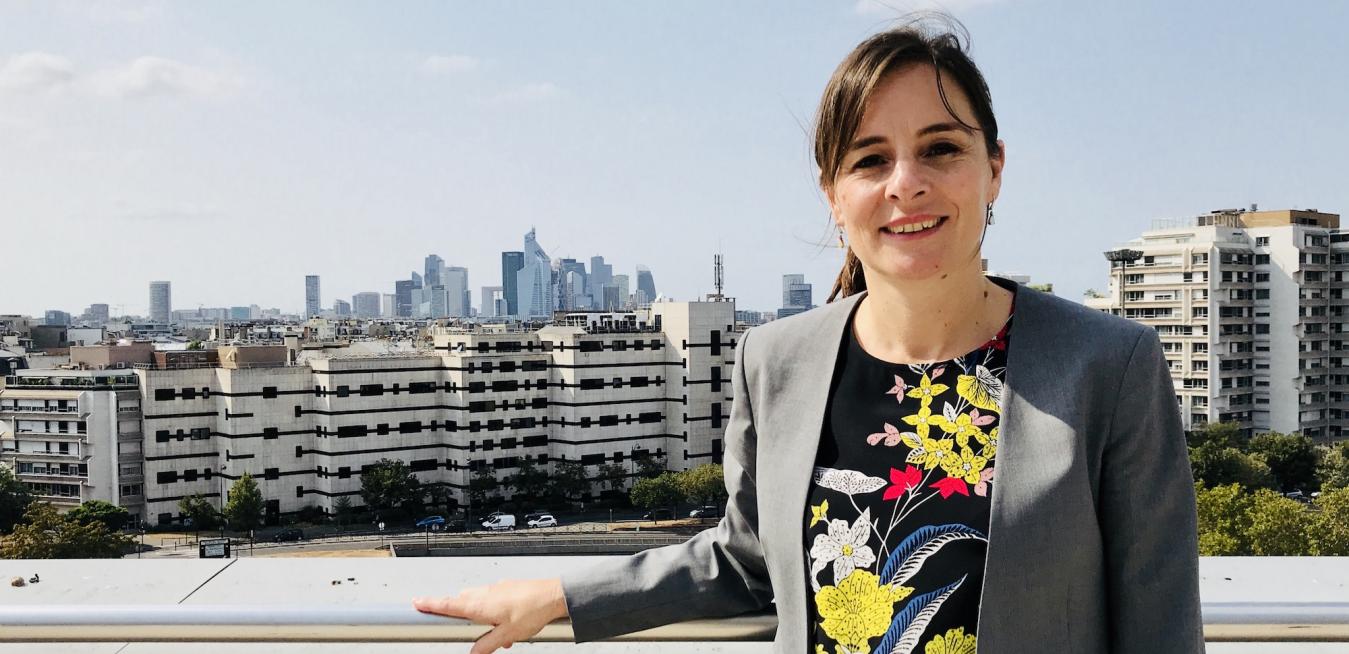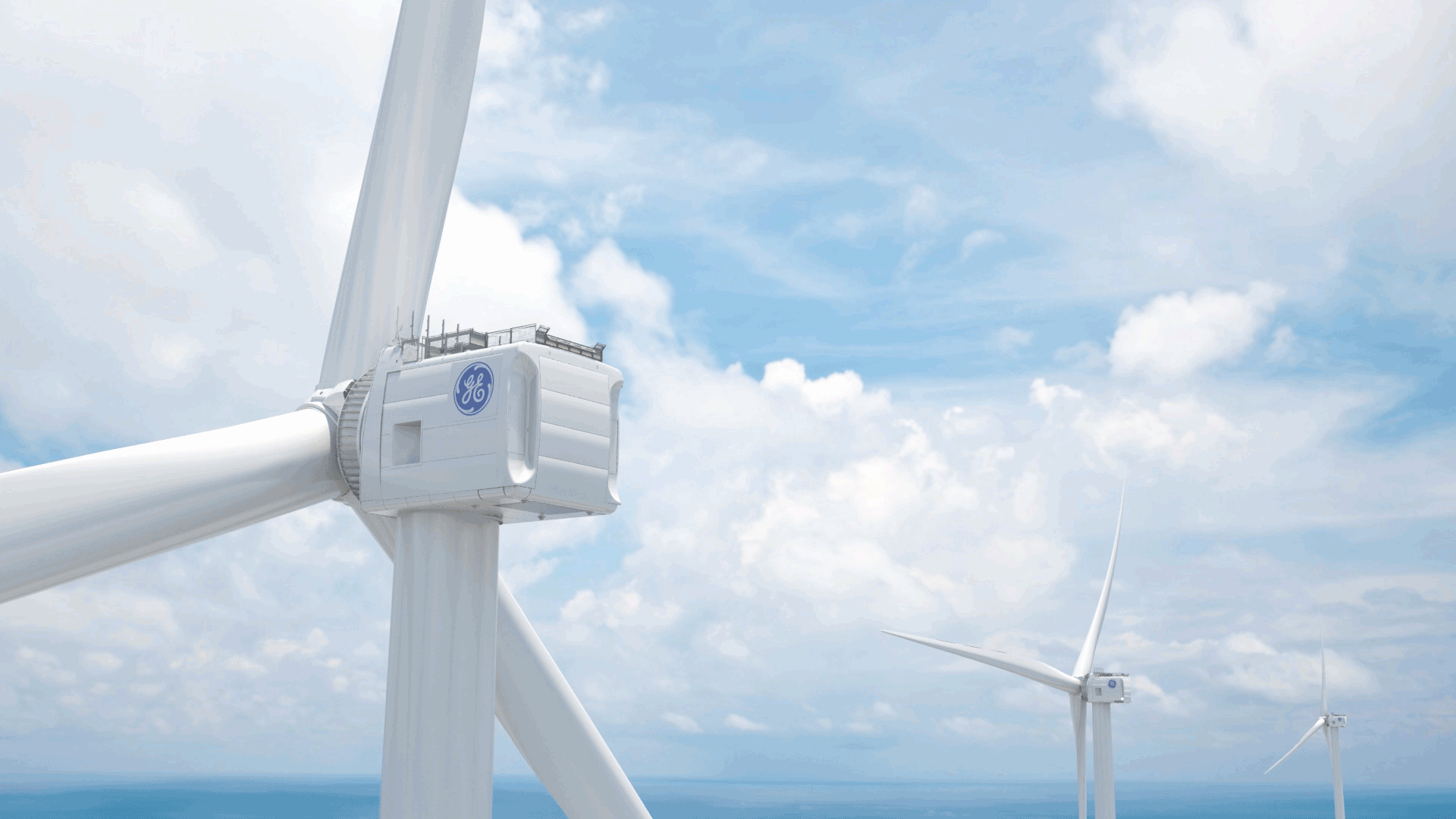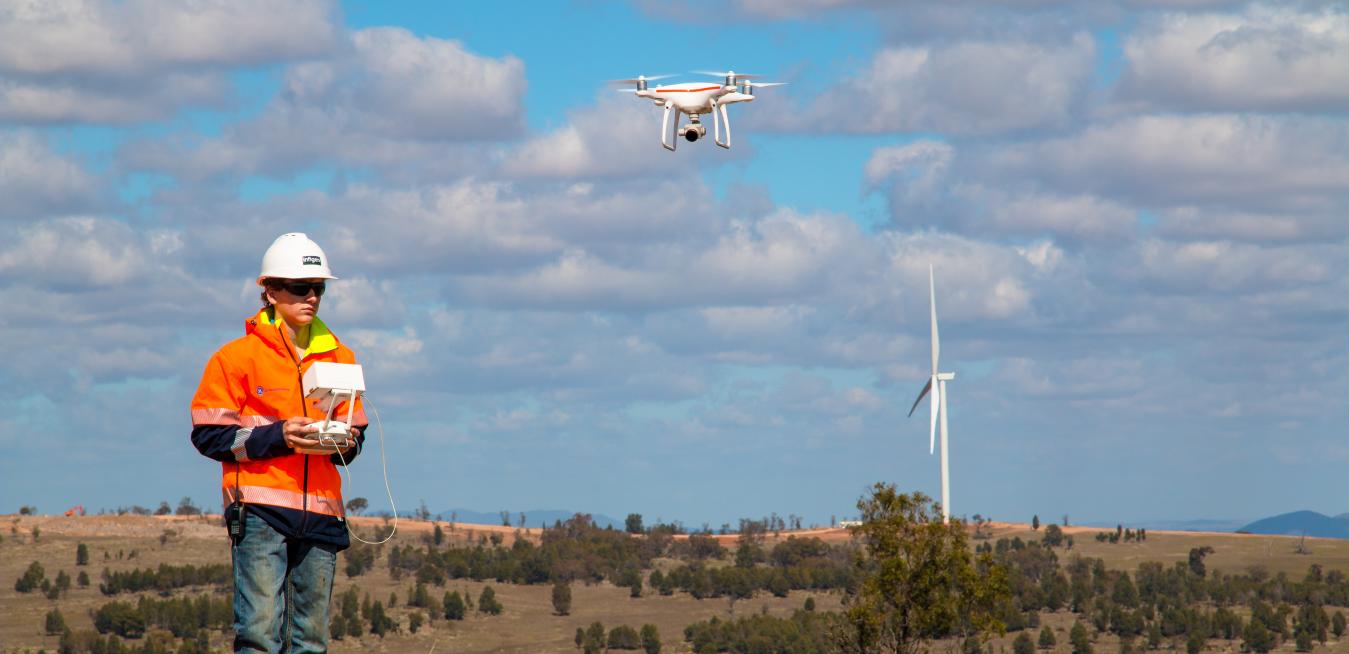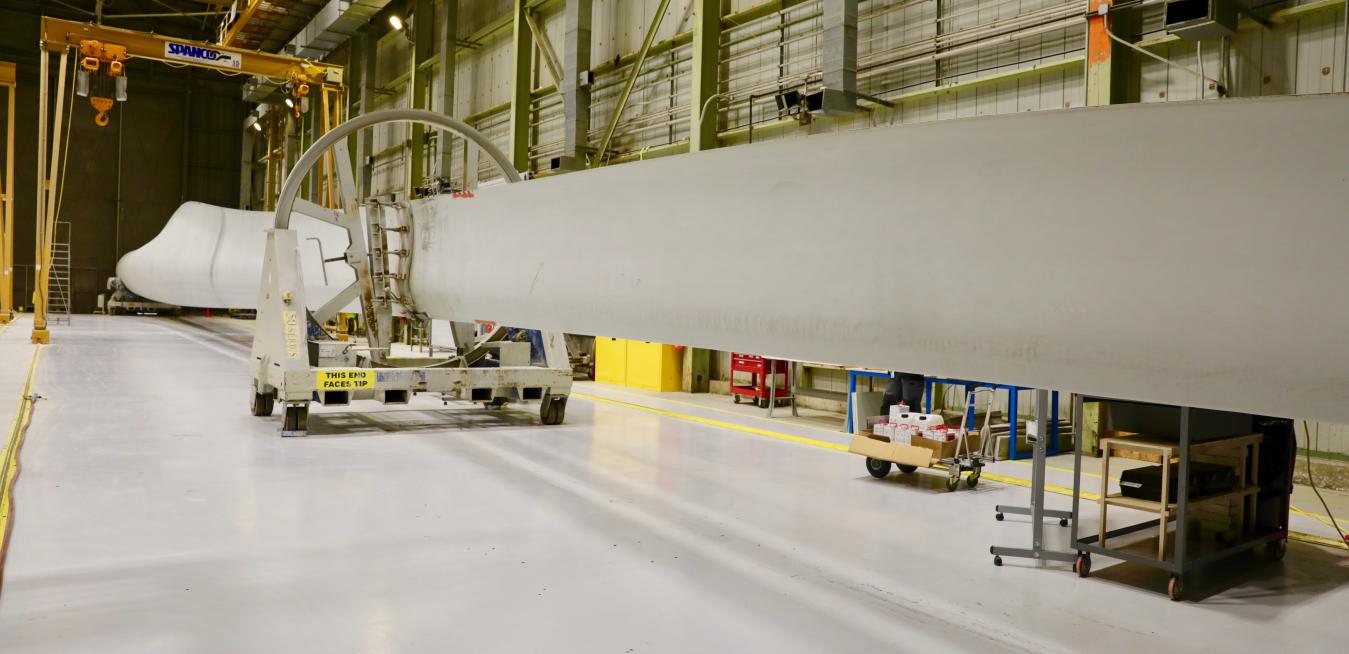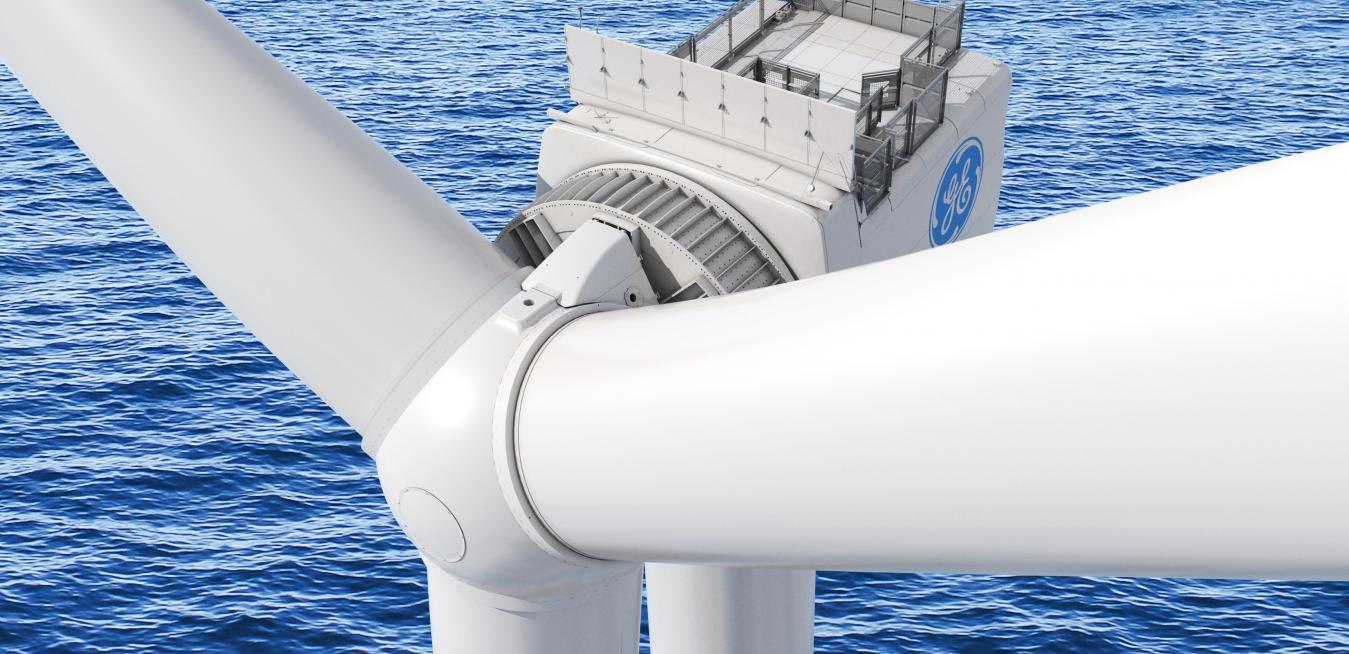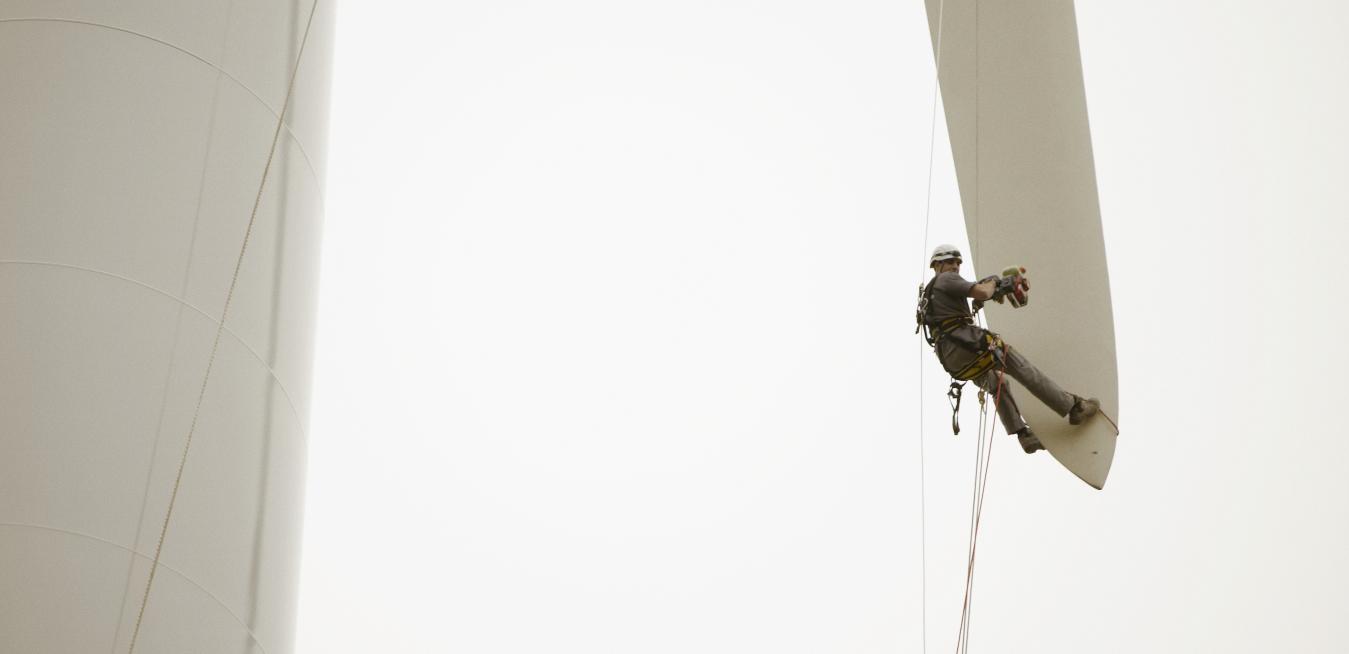Electrical substations — the clusters of circuit breakers, transformers and switchgears that stick out of the ground like giant cattle prods — aren’t much to look at. What they lack in glamour, they make up for in sheer utility. Substations are the grid’s unsung heroes that toil in obscurity to keep our homes lit and phones charged. You might find one near a power plant, switching up the power generated by, say, a gas-burning facility into electricity that flows in high-voltage transmission cables to towns and cities.
Operating a massive power grid is a bit like riding a bike, says the Swiss national grid operator Swissgrid. It’s easiest if you’re on a level surface, but things get trickier going uphill or downhill — or, in the case of the grid, when there are fluctuations in supply and demand that require power plant operators to either spin their turbines faster or ease off the throttle.
Germany’s huge new offshore wind farm Merkur is an awesome sight in its own right. But it’s also a great illustration of why GE’s decision to combine its Renewable Energy business with its Grid Solutions unit, announced today, makes a lot of sense.
Rotterdam’s famous windmills, cube houses, and tulip gardens will soon have to compete for attention with a towering newcomer. GE announced plans this week to erect a prototype of the world’s largest wind turbine, the Haliade-X, on the city’s outskirts. The turbine has a rotor that measures 220 meters in diameter — twice the length of a football field — and stretches 260 meters from its base to blade tips. That’s nearly three times the height of New York’s Statue of Liberty, measured from the ground to the tip of the torch.
“For renewable energy to keep going as strongly as it has been, we do need to keep bringing down the cost and to do that, we need the latest technology,” says Jérôme Pécresse, global CEO of GE Renewable Energy. “The product cycle for wind energy has accelerated greatly — we introduce new turbines or new platforms to the market every one to two years.”






